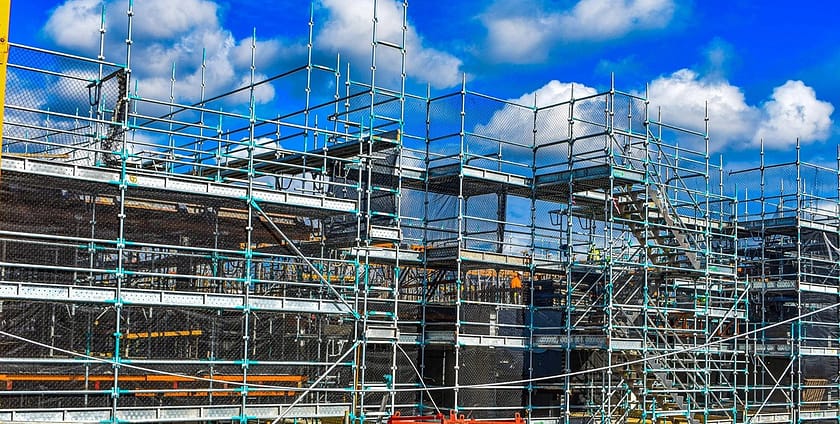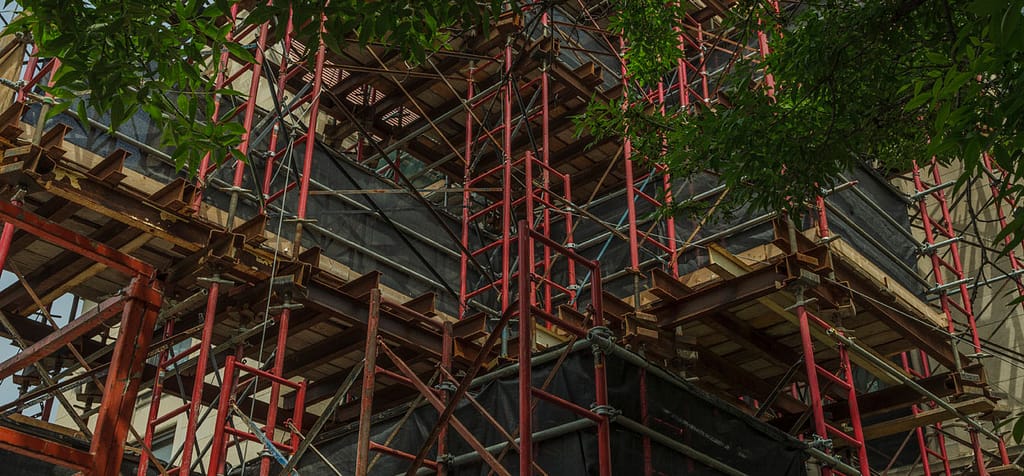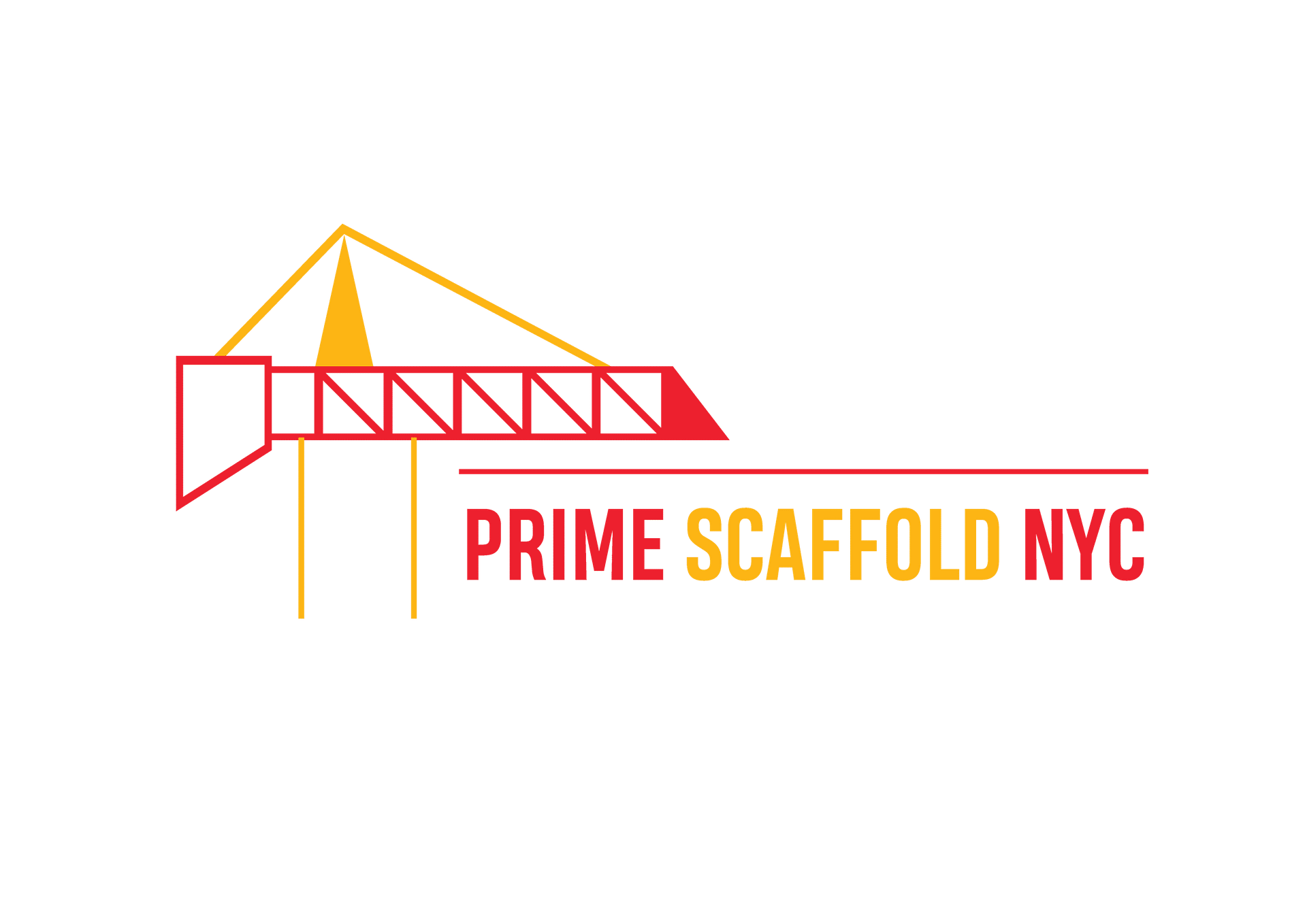
New York City, the epitome of urbanization, is a city that never sleeps. Its skyline, a tapestry of steel and glass, is constantly evolving, with new buildings rising and old ones being renovated. Yet, amidst this ever-changing landscape, one constant seems to prevail: scaffolding. From the bustling streets of Manhattan to the quieter neighborhoods of Brooklyn. Scaffolding has become an integral part of the city’s aesthetic. But why is there so much Scaffolding New York? This article seeks to unravel the mystery behind this ubiquitous urban feature.
Historical Context
To understand the prevalence of scaffolding New York City, it’s essential to delve into its historical context. The city’s architecture has undergone numerous transformations over the centuries, from its early colonial days to the present day. As buildings age and require maintenance or renovation, scaffolding installation becomes a necessity. To ensure the safety of workers and pedestrians alike.
One significant event that shaped the use of scaffolding in New York was the passage of the Scaffold Law in 1885. This law, also known as New York Labor Law § 240, mandates. That property owners and contractors are responsible for providing adequate safety measures for workers involved in construction or renovation projects. Consequently, scaffolding became a common sight across the city as a means of complying with this law and ensuring worker safety.
Construction Boom and Renovation Projects
New York City is no stranger to construction booms. Periods of economic prosperity often lead to a surge in construction activity as developers rush to capitalize on rising property values. During these periods, scaffolding New York proliferates as new buildings are erected and existing ones undergo extensive renovations.
The city’s skyline is a testament to this constant state of flux, with iconic skyscrapers like the Empire State Building and One World. Trade Center standing as symbols of progress and innovation. However, behind these architectural marvels lies a vast network of scaffolding. That supports the construction and maintenance efforts required to keep them standing tall.
Moreover, New York City’s aging infrastructure necessitates ongoing maintenance and repair work. To ensure the safety and structural integrity of its buildings. Scaffolding plays a crucial role in facilitating these efforts, allowing workers to access hard-to-reach areas and perform necessary repairs.
Regulatory Requirements and Safety Standards
In addition to the Scaffold New york Law, New York City has stringent regulatory requirements and safety standards governing the use of scaffolding. The Department of Buildings (DOB) oversees construction and renovation projects, ensuring compliance with building codes and safety regulations.
Before erecting scaffolding, property owners and contractors must obtain permits from the DOB and submit detailed. Plans outlining the scope of work and safety measures to be implemente. Inspections are conducted regularly to ensure that scaffolding structures meet safety standards and pose no threat to public safety.
Despite these regulatory measures, scaffolding-related accidents still occur, highlighting. The inherent risks associated with construction work in a densely populated urban environment. In recent years, there have been calls for stricter enforcement of safety regulations and increased transparency regarding scaffolding-related incidents.
Aesthetic Considerations and Public Perception
While scaffolding New York serves a practical purpose in facilitating construction and renovation projects. Its omnipresence in New York City’s streetscape has sparked debate among residents and urban planners. Some view scaffolding as a necessary inconvenience, a temporary eyesore that signifies progress and revitalization. Others lament its pervasive presence, arguing that it detracts from the city’s aesthetic appeal and obscures architectural landmarks.
Efforts has made to mitigate the visual impact of scaffolding through creative design intervention and public art installation. Initiatives like the Urban Umbrella project seek to transform scaffolding structures into temporary works of art, enhancing the urban environment and fostering a sense of community engagement.
Conclusion

In conclusion, the prevalence of scaffolding New York City is a multifaceted phenomenon shaped by historical, economic, regulatory, and aesthetic considerations. As the city continues to evolve and grow, scaffolding will remain a familiar sight on its streets, serving as both a symbol of progress and a reminder of the ongoing efforts to maintain and enhance its built environment. While the debate over the visual impact of scaffolding may persist, one thing is certain: it is an integral part of the urban fabric of New York City, reflecting the dynamic and ever-changing nature of the metropolis.
Experience safety and reliability with Prime Scaffold NYC. Contact us today for all your scaffolding needs and let us elevate your next project to new heights
- By: admin
- Tags: NYC Sidewalk Sheds, PRIME SCAFFOLD NYC, Scaffolding New York, Scaffolding Services, Sidewalk Sheds NYC
- 0 comment

Leave a Reply